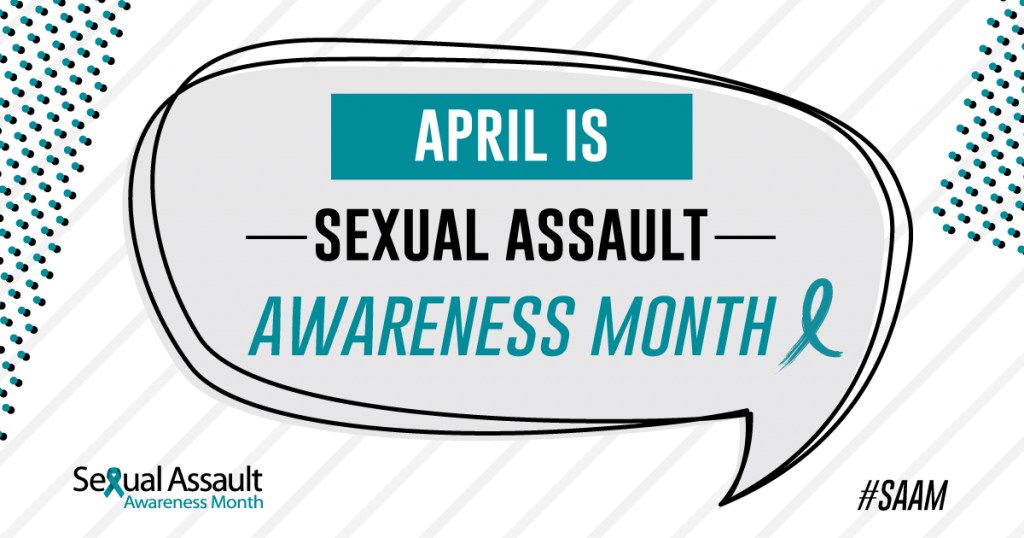
by BRETT MARSHALL, CSU Public Relations Student Assistant
April is Sexual Assault Awareness month and there’s never been a better time to understand the warning signs of a potential sexual assault, how to prevent it and how to prepare yourself if you or someone you know finds themselves in a dangerous situation.
For better understanding, it’s important to note the difference between Primary Prevention and Risk Reduction, both of which are systems for stopping sexual assaults.
‘Statistically 97 percent of victims are sexually assaulted by someone they know and trust. Most of these assaults happen within a context where things like mace or pepper spray would not be useful.’
Primary Prevention focuses on the potential perpetrator whereas Risk Reduction focuses on helping potential victims.
Primary Prevention
Primary Prevention programs help recognize potential perpetrators before they can get to a victim. Primary Prevention is becoming a more prominent way to prevent sexual assaults because it takes blame and pressure off of the victim.
Perpetrators are often, but not always, men. For this reason, several males are being proactive in approaching this by participating in programs that include men’s groups or activities, which begin to unpack violence in hegemonic masculinity.
Risk Reduction
Risk Reduction strategies are targeted towards potential victims who learn strategies to use in-the-moment or prior to an assault. Some examples of risk reduction programs include blue safety lights on campus, self-defense classes, the buddy system, rape whistles, etc.
More and more people are trying to transition away from these strategies because most strategies are designed for victims to use during a stranger assault. According to a study done by Colorado State University, “Statistically 97 percent of victims are sexually assaulted by someone they know and trust. Most of these assaults happen within a context where things like mace or pepper spray would not be useful.”
“Most perpetrators of acquaintance rape use manipulation, coercion and pressure during the assault. Also, risk reduction strategies have the potential to increase victim guilt and self-blame. If a survivor or bystander is trained in self-defense but does not use the techniques (or uses those techniques unsuccessfully) during a sexual assault, it can leave the victim feeling like they should have done more.”
Which is better?
There is no one method that’s better than another, but it’s important for individuals to understand the differences and know both so they can feel empowered to stop one and what to do if they find themselves in a sexual assault situation.
For more information or support with sexual assault, students can reach out to Minnesota State University, Mankato’s Title IX Office, Women’s Center, Campus Security and/or Counseling Center.
